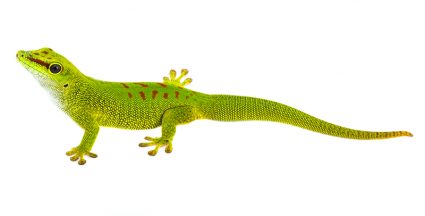
Birds can be delightful creatures to watch, with their vibrant colors and melodious songs. However, when they start to invade your property, damage your crops, or build nests in unwanted places, it can become a nuisance. If you’re facing such a situation, you’re in the right place. This comprehensive guide will provide you with effective methods on how to repel birds, covering everything from DIY bird repellent techniques to commercial products available in the market.
To repel birds, you can use DIY methods such as habitat modification, using reflective objects, installing bird spikes, or creating homemade repellent sprays. Commercial products like bird spikes and netting, electronic bird repellers, and bird repellent gels can also be effective. Always ensure these methods are legal and humane, and consult with a bird control expert if necessary.
Understanding Birds and Their Behavior
Before diving into the various bird repellent methods, it’s crucial to understand bird behavior. Different bird species may require different repelling techniques, as the effectiveness of a method depends on factors such as the species, location, and local laws and regulations. Therefore, identifying the species and assessing their behavior can help tailor a more effective bird deterrent strategy.
DIY Bird-Repellent Methods
There are various DIY bird-repellent methods you can try, which are cost-effective and easy to implement.
Habitat Modification
Keep your surroundings clean and free of food sources that attract birds. This includes securing trash cans, cleaning up pet food, and maintaining your garden regularly by mowing the grass and trimming the trees and hedges. Dismantle nests with a long stick to discourage nesting.
Use of Reflective Objects
Hang shiny objects like old CDs, small mirrors, or aluminum foil strips in the area where birds are causing problems. The reflective surface and movement can scare them away.
Bird Spikes
Install bird spikes on ledges and other surfaces where birds tend to perch. These are particularly effective for larger birds like pigeons and seagulls.
Homemade Repellent Sprays
Create a chili pepper or essential oil spray by mixing the respective substance with water and vinegar. Spray the mixture on plants and other areas where birds gather.
Commercial Bird Repellent Products
If DIY methods are not enough, consider using commercial bird repellent products. Some popular options include:
Bird Spikes and Netting
Bird spikes and netting are physical deterrents that deny birds access to your property. Bird spikes are made of stainless steel or plastic, and bird netting can cover larger areas like gardens or orchards.
Electronic Bird Repellers
These devices use audible or visual signals to discourage birds from flying and nesting near buildings. Some even emit high-frequency sounds that are inaudible to humans but can deter birds.
Bird Repellent Gels
Bird repellent gels are non-toxic and can prevent pigeons and other large birds from roosting and congregating in unwanted areas.
Legal Restrictions and Considerations
While using bird repelling methods, it’s essential to consider legal restrictions. Most bird species are protected under federal and state wildlife laws, such as the Migratory Bird Treaty Act and the Endangered Species Act. Always consult with local wildlife authorities or a licensed wildlife removal service before taking any action. Remember to use humane and ethical bird control methods.
Conclusion
In conclusion, dealing with unwanted birds can be a challenge, but with the right approach and methods, it can be manageable. Whether you opt for DIY methods or commercial products, remember to rotate and change deterrents regularly, keep the area clean, and monitor bird activity. Always ensure you’re using legal and humane methods. If you’re unsure about the best bird deterrent for your situation, consult with a bird control expert.
Birds are a crucial part of our ecosystem, and while they might cause some inconvenience, it’s essential to deal with them in a respectful and considerate manner. With the methods mentioned in this guide, you can effectively repel birds and keep your property safe and clean.
Frequently Asked Questions
What are some examples of essential oils that I can use in a homemade repellent spray?
Essential oils like peppermint, lemongrass, and lavender are known for their bird repelling properties.
Are bird spikes harmful to birds?
No, bird spikes are not designed to harm birds. They simply make surfaces uncomfortable for birds to perch or nest on, thereby deterring them.
How often should I apply bird repellent sprays or gels?
Typically, bird repellent sprays and gels need to be reapplied every few weeks, or after heavy rain. However, it’s best to check the product’s instructions for specific guidance.
Can electronic bird repellers be harmful to other pets or wildlife?
Most electronic bird repellers are designed to be safe for other pets and wildlife. However, it’s always best to check the product specifications or consult with a professional if you have any concerns.
What should I do if the birds continue to come back despite using the repellent methods?
If birds continue to be a problem despite using repellent methods, it’s best to consult with a bird control expert or a licensed wildlife removal service. They can provide professional advice and solutions tailored to your situation.









